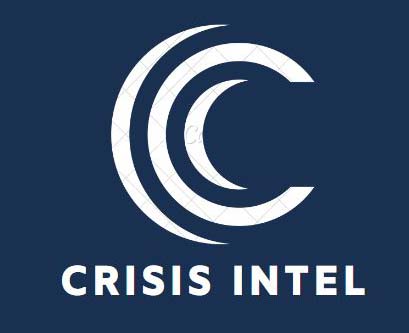Crisis Management
and Incident Response
Crisis Management Framework:
Exploring the framework for crisis management, which provides a structured approach to effectively manage and respond to crises:
- Establishing Incident Command Structures: Discussing the formation of incident command teams or crisis management teams responsible for coordinating and overseeing the response efforts.
- Defining Roles and Responsibilities: Highlighting the importance of clearly defining roles, responsibilities, and decision-making authorities within the crisis management framework.
- Implementing Communication Channels: Exploring the establishment of effective communication channels to facilitate information sharing, coordination, and decision-making during a crisis.
- Decision-Making Processes: Discussing the processes and protocols for making critical decisions during a crisis, considering the available information, resources, and potential consequences.


Incident Response Procedures:
Discussing the procedures and protocols for responding to different types of incidents and emergencies within the organization:
- Emergency Response Teams: Exploring the activation and mobilization of specialized teams responsible for addressing specific types of incidents, such as medical response teams, IT response teams, or security response teams.
- Communication and Notification: Highlighting the importance of establishing clear communication channels and protocols for notifying stakeholders, employees, and relevant authorities during an incident.
- Stakeholder Engagement: Discussing the involvement of stakeholders and their respective roles in incident response, including customers, suppliers, regulatory agencies, and the media.
- Coordination with External Agencies: Exploring the collaboration and coordination with external entities, such as emergency services, law enforcement, and regulatory bodies, to ensure an effective and coordinated response.
Crisis Communication:
Highlighting the importance of effective communication during crises to ensure accurate and timely dissemination of information:
- Internal Communication: Discussing the strategies and channels for communicating with employees, including emergency alerts, employee briefings, and regular updates on the situation.
- External Communication: Exploring the communication strategies with external stakeholders, such as customers, suppliers, media, shareholders, and the public, to maintain transparency and manage reputational impacts.
- Spokespersons and Media Relations: Highlighting the role of designated spokespersons and media relations teams in managing media inquiries, preparing statements, and delivering consistent and accurate messages.

